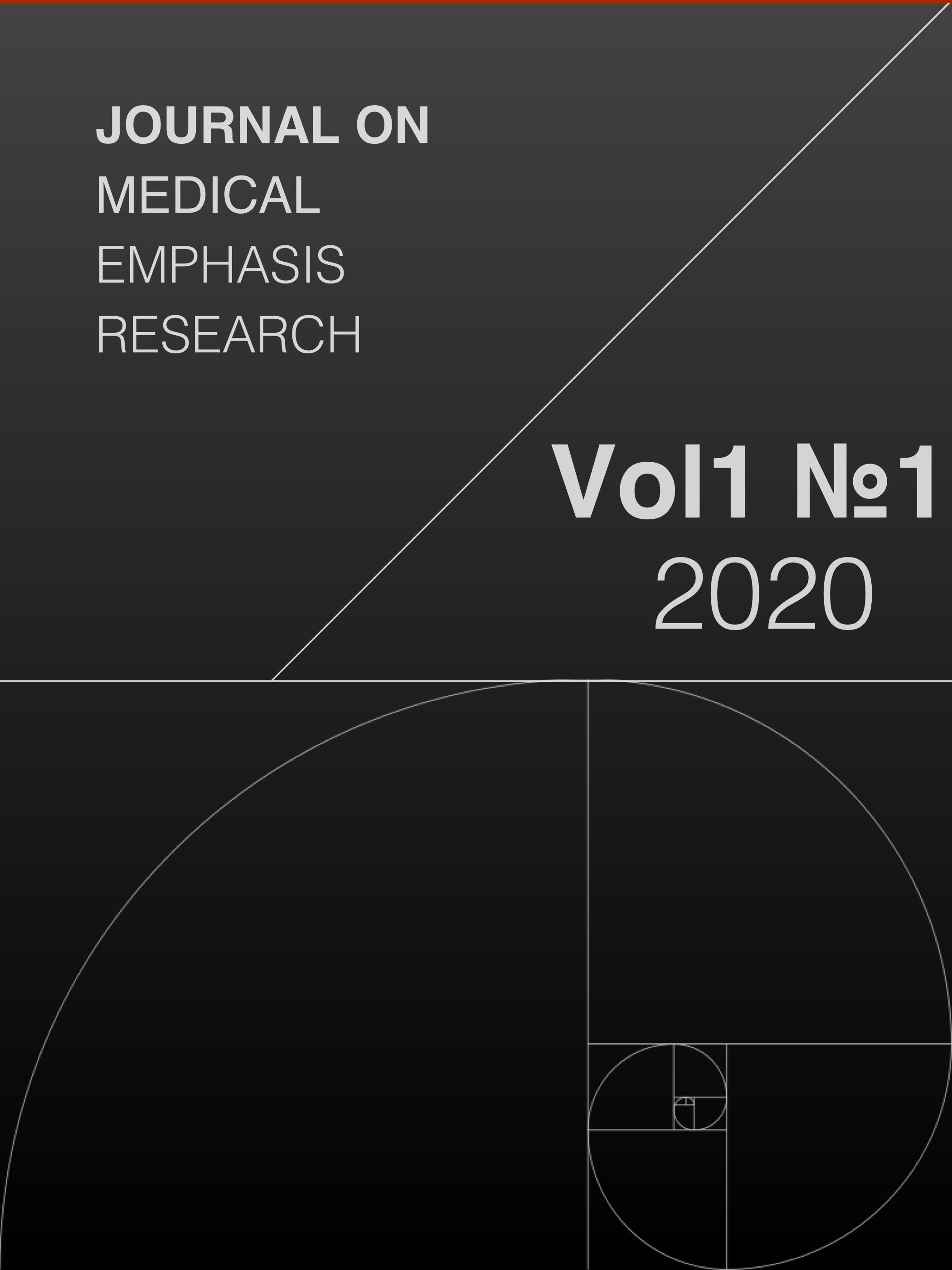Prevalence of Malaria, Typhoid fever, and their Co-nfection among Febrile Patients attending Aboh Mbaise General Hospital Imo State
Ключові слова:
Malaria, typhoid, Plasmodium, coinfection, Aboh MbaiseАнотація
Malaria and typhoid fever are endemic diseases with life threatening consequences especially in Sub-Saharan Africa; and due to their geographical overlap, co-infections are very common. Their mimicking symptomatology often present with gross misdiagnosis and mistreatment. This study was carried out to determine the prevalence of malaria, typhoid fever, and their Coinfection among febrile Patients attending Aboh Mbaise General Hospital as well as to establish the advantage of stool culture over widal agglutination test in the diagnosis of typhoid fever. A total of two hundred and eighty-four (284) each of blood and stool samples were collected from patients presenting febrile conditions suggestive of malaria and typhoid fever and analyzed using parasitological, agglutination (Widal) and stool culture techniques. All isolates were identified as Salmonella enteric serovar typhi using standard microbiological techniques. Questionnaire was administered to obtain information on malaria/typhoid management practices. Out of the 284 blood and stool samples analyzed, 71(25.0%) were positive for malaria, 82(28.9%) and 21(7.4%) were positive for Salmonella enterica serovar typhi for widal and stool culture respectively, while 34(12.0%) were positive for coinfection of typhoid and malaria. However, prevalence of malaria parasite was not statistically significant in relation to sex (p>0.05), as males had 43(15.1%) prevalence and females, 28(9.9%). For Salmonella enterica serovar typhi, the prevalence was not statistically significant in relation to sex (p>0.05) as males had 45(15.8%) to females 37(13.0%) for widal test and males 15(5.3%) to females 6(2.1%) for stool culture. Sex was not statistically significant (p>0.05). For malaria/typhoid co-infection; males had 20(7.0%) co-infection rate while females had 14(4.9%) but no statistical significance (P > 0.05). Infections of both diseases were higher in wet season than in dry season and was statistically significant (P < 0.05). Symptoms were not statistically significant in both diseases (P < 0.05). Both malaria and typhoid were prevalent among the studied population with high rate of co-infection. The use of widal test alone in the diagnosis of typhoid fever is unreliable, misleading and should be discouraged. Culture technique still remains the gold standard in the diagnosis of typhoid fever and should be embraced.

